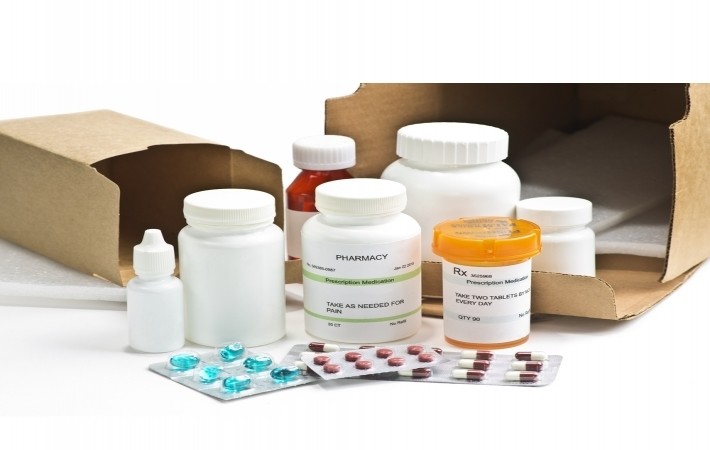
Published on 03/23/2017 | Technology
In previous posts, I talked about how technology and IoT will help address the challenges in the pharmaceutical industry and how data would be the key to unlocking value and improving efficiency in the supply chain. An area that often gets overlooked in such discussions but becoming increasingly important as a result of pressure on regulators and insurers to focus on patient care is ‘last mile delivery’. This is the transport of medicines to the final point where it is intended, whether it is the pharmacy or the patient.
In the last mile, the efficacy of a medicine must still be maintained, but managing and controlling the delivery can be an issue. The cost of technology to monitor may not be justified given that the value of the medicines being shipped to the final destination might be much lower than the value that was initially bulk shipped from the manufacturer. In this article we will explore the challenges of deploying technology and the circumstances under which tech can be used to cost-effectively manage and control the last mile delivery of medicines.
The operational challenges impacting last mile
From an operational point of view there are several pressures which make the last mile more important:
- The regulator and GDP (good distribution practice)
- The cost of personalized medicines: potentially high loss on low volume, and fact that insurers will pay for the cure and not per individual drug item
- Patient focus: many hospitals now send the patient home sooner for recovery or treatment in order to save costs
From the pharmaceutical industry’s point of view, the challenge in the last mile to address this is that the value of the medicines transported is low. Contrast this to the beginning of the supply chain, when a full truck load could have a shipment value of between €10-20 million, while, for arguments sake, a single pack of paracetamol might only be €0.39. The conclusion is that current technology solutions to monitor quality are too expensive for the last stretch of the supply chain to the patient.
There’s a plethora of technologies for connecting devices to the internet and helping deliver the solutions needed for the pharmaceutical supply chain, with newer ones emerging such as LoRa, Sigfox and NB-IoT. The advantages of these are:
- Battery life of multiple years
- Low cost hardware
- Low cost subscription
- However, the disadvantages are:
- Limited data usage or contact moments per day
- Reliability of data delivery / loss of data
The ideal technology would be ‘designed for the last mile’, in which it’s acceptable to have minimum functionality to keep costs down. We foresee hardware costs coming down to under €100 (from a current cost of around €750), battery lifetime between 3-5 years (compared to current needs for constant power for a router), network subscription under €25 per year (compared to the current €10 per month), and live data meaning one data sample every 15 minutes (compared to every 1-5 minutes).
So how does deployment of IoT technology play out in the entire supply chain? At the early side of the supply chain, there are unlikely to be too many changes. However, in the last mile or direct to patient delivery, there will be more solutions with reduced functionality to meet the cost challenge.
This use of constant monitoring solutions has another benefit: return logistics. An example is the ability to monitor returned blood samples to measure and prove the effectiveness of the medicines. In addition, there is a hidden diamond within GDP in that it also prescribes under what conditions unused medicines can be returned and resold – helping save even more costs.
New IoT solutions are being launched all the time. However, networks are not yet fully rolled out and coverage in practice is often limited. We estimate that it could be some three years before such networks become ubiquitous and provide the same level of coverage as mobile networks do currently, and especially indoors.
In addition, the new solutions we see are often developed by startups. While the solutions they develop might be disruptive or revolutionary, it’s important to realize that building the concept for the pilot could be just five percent of the work or investment needed. There’s a lot more that needs to go into building a reliable, robust solution that complies with many of the regulatory requirements (such as GAMP, 21 CFT Part 11, CE, FCC, EASA, FAA). Since many startups might lack experience with these guidelines in order to develop a full IoT solution, it could take up to 3-5 years for them to have fully mature and compliant solutions.
So in conclusion, new IoT technology will open up the last mile but it will take some time. To date, we’ve been talking just about using IoT to get proof of the quality of medicines. But IoT has a broader scope, and particularly in the last mile. In the next article, we will elaborate on unlocking the patients’ home using IoT, and how it can be used to ensure medicines are being effective, increase medication adherence and reduce the cost of patient care even more.
This article was originally posted on LinkedIn